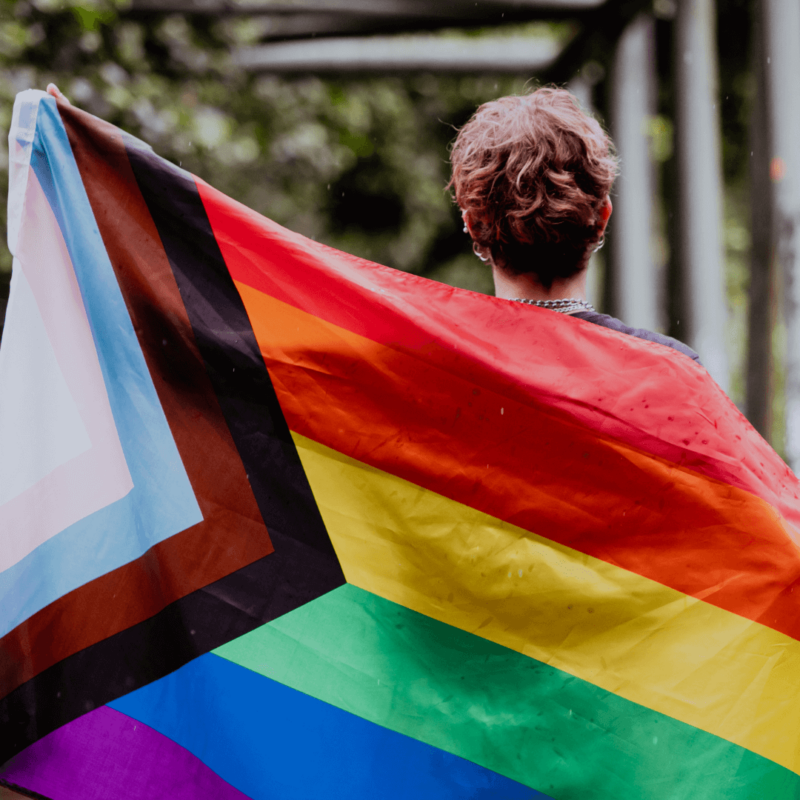News & Events


Guide to Pronouns
Pronouns are words such as I or you which can be used to refer to someone without using their name. Other example include they, him and herself which are used when talking about someone in the third person. It’s important to note that that is not an exhaustive list and people can use less common ones.
For trans and gender diverse people pronouns are often linked to their sense of identity. Even if they might seem confusing, using the correct pronouns is always the right thing to do as an ally. Here are some other things to keep in mind:
Never make assumptions
Trans and gender diverse people don’t have to look a certain way so it’s important to ask for their pronouns instead of making a potentially harmful assumption. If you are unable to ask, use gender neutral pronoun like they/them.
Keep practicing
If you’ve known someone a certain way for a long time it can take some time to adjust to new pronouns. Try practicing by yourself to get into the rhythm. Minus18 have created an online activity where you see how pronouns work in different contexts.
Check who it’s ok to share pronouns with
Some people may not be ready to use their pronouns with certain people. Make sure you check to make sure you don’t accidentally out them.
Don’t draw attention to mistakes
While it’s never good to actively misgender someone, it’s okay to make mistake sometimes. If you do accidentally slip up make sure you apologise, correct yourself and move on quickly. You may feel frustrated or guilty but make sure you don’t take it out on the person.
Here at ATSICHS Brisbane we are committed to creating safe spaces for LGBTQIA+ Sistergirl and Brotherboy mob through our Safe and Deadly Places program.





